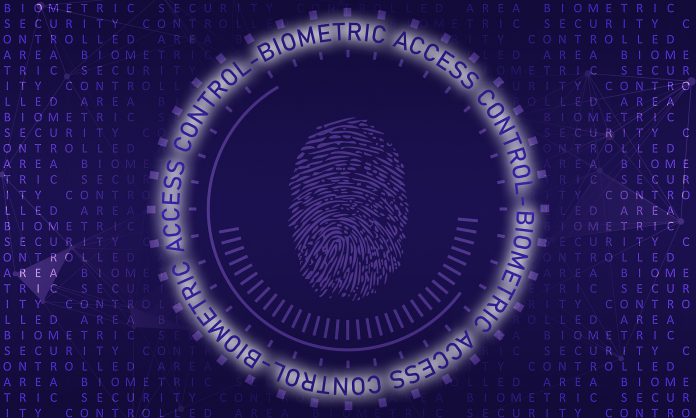Biometric authentication will be used to secure over $2.5 trillion worth of mobile payment transactions by 2024, according to an investigation from Juniper Research.
This will nearly be a 1,000% increase on the $228bn expected to be transacted with this method by the end of 2019.
The new research, Mobile Payment Authentication & Data Security: Encryption, Tokenisation, Biometrics 2019-2024, claims 90% of all smartphone by 2024 will have biometric capabilities. While these phones will be able to conduct biometric authenticate contactless payments, Juniper believes only 30% of theses smartphones will be used to do so.
Fingerprint biometrics are the widest used method for verification currently; however, as smartphones get more powerful cameras, Juniper believes facial recognition will reach similar usage levels over the next five years.
James Moar, the author of the research, said, “Biometrics has traditionally been used for in-person contactless payments.
“However, with an increase in the need for smooth authentication on all e-commerce channels, we anticipate over 60% of biometrically-verified payments will be made remotely by 2024.”
Biometric authentication services will likely become much more common due to payment regulations like the second Payments Services Directive (PSD2). Strong Customer Authentication (SCA), which comes under the EU-wide regulation, will require all e-commerce transactions be backed by two-tier authentication – biometric authentication is considered as one of these layers.
Companies across Europe have had difficulty getting ready for the regulation, which was intended to be implemented in September by was delayed due to the market not being prepared.
The European Banking Authority gave national authorities the ability to set their own implementation dates. The UK’s financial regulator and the Central Bank of Ireland have both opted for an 18-month delay on SCA.
Copyright © 2019 FinTech Global











